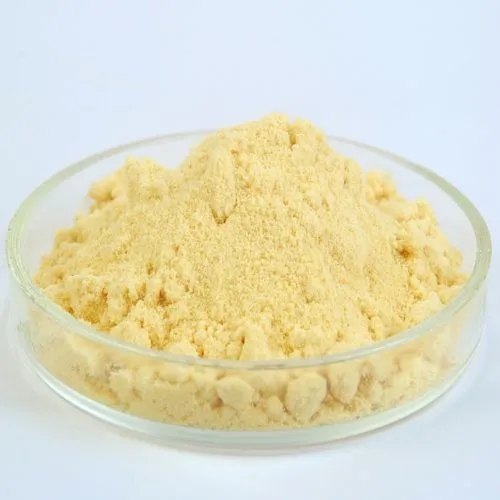The main mode of transport for phosphatidyl serine factories
Time:2023-08-03Phosphatidyl serine factories use various modes of transportation to move their products efficiently from the manufacturing facilities to distribution centers and ultimately to customers.
Trucks and lorries are commonly used for transporting phosphatidyl serine over short to medium distances, especially for domestic distribution.Road transport provides flexibility and accessibility to reach various destinations.
Phosphatidyl serine is often transported in bulk using sea freight for international shipments or when the distance is significant.Sea freight is a cost-effective option for transporting large quantities of the product over long distances.
When time is critical or for urgent deliveries, phosphatidyl serine may be transported by air. While air freight is faster, it is generally more expensive and is often used for small or time-sensitive shipments.
In some regions, rail transport is used to move phosphatidyl serine overland for medium to long distances. Rail transport can be more cost-effective than road transport for certain routes.
Phosphatidyl serine factories may use a combination of different transportation modes, known as intermodal transportation, to optimize the transportation process.For example, they may use trucks to transport the product to a nearby port and then switch to sea freight for long-distance shipping.
Phosphatidyl serine may be transported in standard containers or specialized containers designed for carrying sensitive and perishable goods.These containers provide protection and ease of handling during transportation.
For liquid forms of phosphatidyl serine, bulk tankers may be used to transport the product in large quantities.
Phosphatidyl serine factories must comply with transportation regulations, including those related to hazardous materials and the handling of pharmaceutical products, to ensure safe and legal transportation.
The choice of transportation mode depends on factors such as the distance to the destination, the quantity of phosphatidyl serine to be transported, time constraints, and budget considerations.Factories work with experienced logistics providers to ensure the safe and efficient transportation of phosphatidyl serine while complying with all relevant regulations.



 CN
CN





